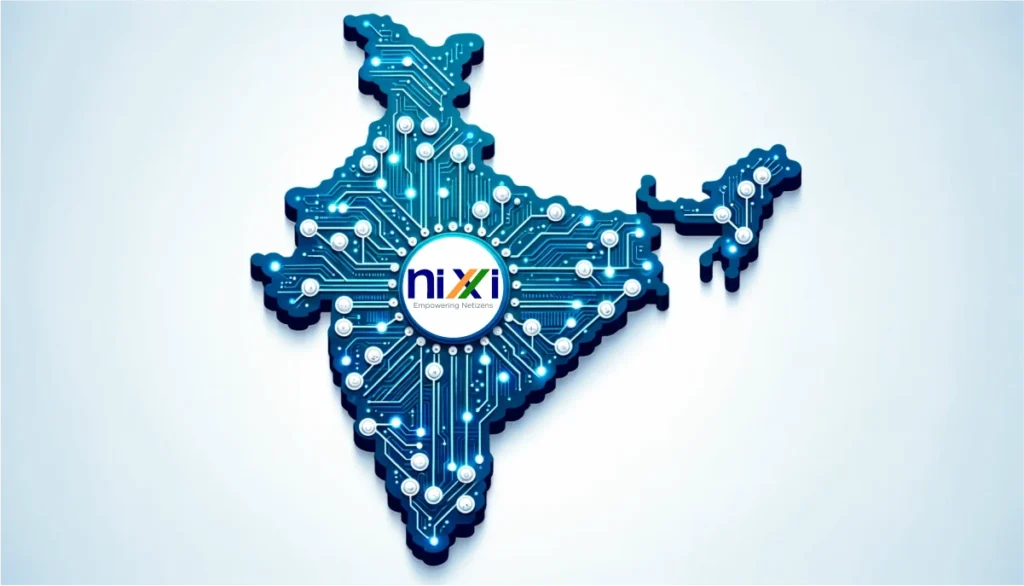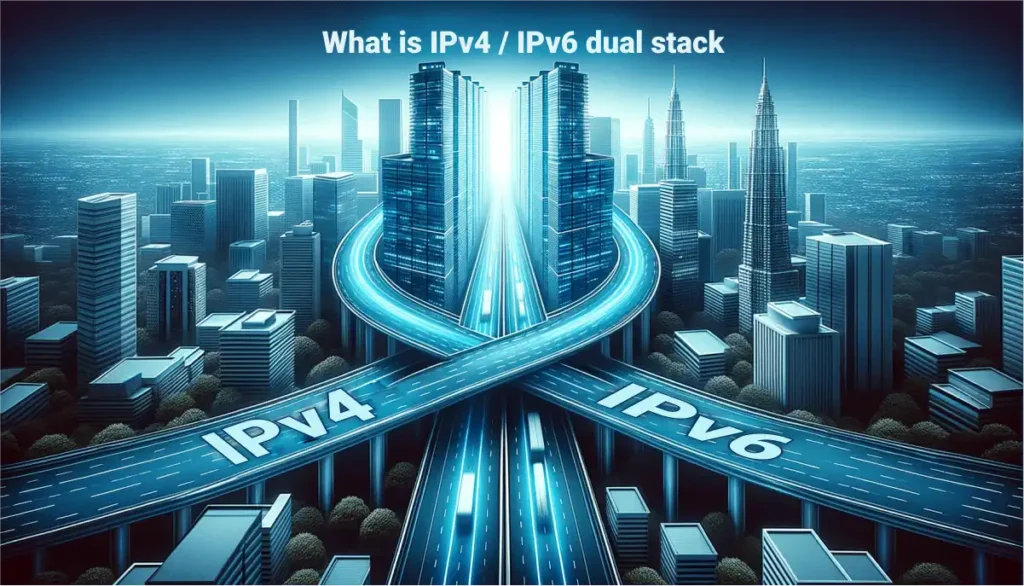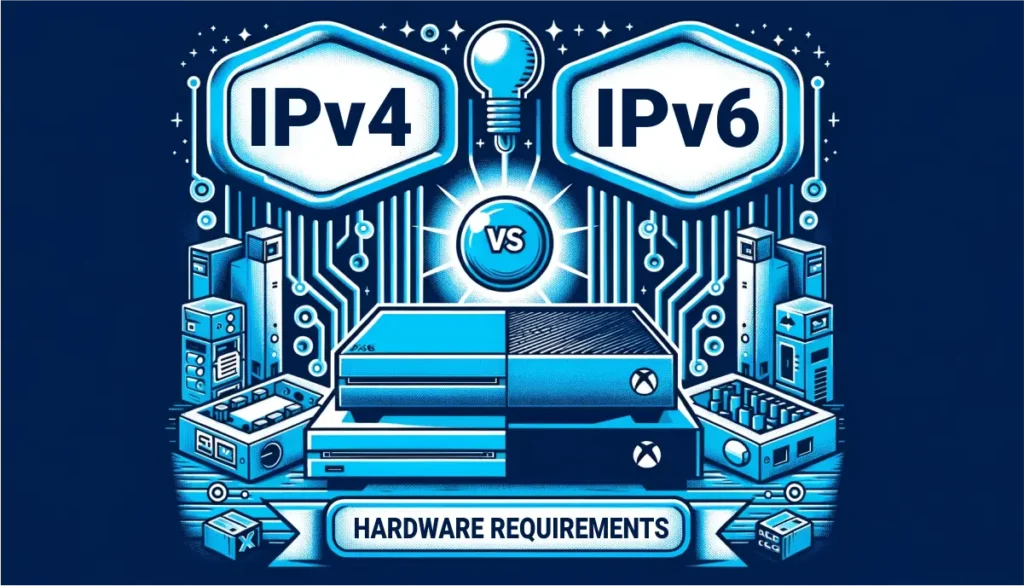The Internet, a vast network connecting billions of devices, relies on IP addresses for communication. As the digital landscape evolved, the limitations of the IPv4 addressing system became evident. This article delves into these limitations and explains how IPv6 provides solutions for a more connected future.
Table of Contents
IPv4: A Brief Overview
IPv4, standing for Internet Protocol version 4, uses a 32-bit address space. This translates to approximately 4,294,967,296 unique addresses. While this number may seem large, the rapid proliferation of internet-connected devices quickly consumed this pool.
- Total unique IPv4 values: 4,294,967,296 = 256 /8
- Each /8 block: Contains 16,777,216 unique address values
- Reserved IPv4 addresses: 35.078 /8 are set aside for special purposes
- IPv4 addresses for public use: 220.922 /8 address blocks
Source: ipv4.potaroo.net
The Inherent Limitations of IPv4
As the Internet expanded beyond its initial design, several challenges associated with IPv4 surfaced:
- Supply-Demand Imbalance: The global boom of internet devices led to a surge in demand for IPv4 addresses. With a finite supply, organizations found themselves in a race to secure the remaining addresses. Regional Internet Registries (RIRs) have nearly exhausted their IPv4 reserves.
- Header Length Restrictions: IPv4’s Internet Header Length field is limited, accommodating values only between 0 (Binary 0000) and 15 (Binary 1111). This results in a variable header size, complicating packet processing.
- Security Vulnerabilities: IPv4 was designed during a time when the Internet was less complex and security threats were minimal. As the Internet opened up to the public, the protocol’s lack of inherent security features became a concern.
- Service Support Inconsistencies: Not all network applications under IPv4 receive consistent support, leading to potential performance and reliability issues.
- Centralized IP Distribution: A significant portion of IP addresses was reserved for the US, leading to a lopsided distribution of addresses globally.
IPv6: The Modern Solution
IPv6, or Internet Protocol version 6, was developed to address the limitations of its predecessor. With a 128-bit address space, it offers a virtually inexhaustible pool of addresses: 340,282,366,920,938,463,463,374,607,431,768,211,456 to be precise.
Here’s how IPv6 addresses the challenges posed by IPv4:
- Abundant Address Space: The vast number of addresses ensures every device can have its unique address, eliminating the need for workarounds like NAT (Network Address Translation).
- Simplified Header Structure: IPv6 introduces a streamlined header, making packet processing more efficient.
- Enhanced Security: IPv6 was designed with security in mind, incorporating features like IPsec for encrypted traffic.
- Improved Support and Performance: With modern design considerations, IPv6 offers better support for contemporary network applications and services.
Comparing IPv4 and IPv6
| Feature | IPv4 | IPv6 |
| Address Count | 4,294,967,296 | 340,282,366,920,938,463,463,374,607,431,768,211,456 |
| Header Length | Variable (20-60 Bytes) | Fixed (40 Bytes) |
| Security | Basic | Enhanced (e.g., IPsec) |
| Data Transfer Efficiency | Variable | Optimized for faster transfers |
IPv4 started the Internet journey, but IPv6 is the future, solving today’s problems and preparing for what’s next.
Frequently Asked Questions
What is the significance of IPv4 in internet communication?
IPv4, standing for Internet Protocol version 4, uses a 32-bit address space, translating to approximately 4,294,967,296 unique addresses. However, the rapid growth of internet-connected devices has quickly consumed this pool.
What are the main limitations of IPv4?
As the Internet expanded, several challenges associated with IPv4 emerged:
– Supply Demand Imbalance due to the global boom of internet devices.
– Header Length Restrictions, resulting in a variable header size.
– Security Vulnerabilities, as IPv4 was designed during a simpler time on the Internet.
– Service Support Inconsistencies leading to potential performance issues.
– Centralized IP Distribution, causing a lopsided global distribution of addresses.
How does IPv6 address the challenges of IPv4?
IPv6, or Internet Protocol version 6, was developed with a 128-bit address space, offering a virtually inexhaustible pool of addresses. It provides:
– Abundant Address Space, eliminating the need for workarounds like NAT.
– Simplified Header Structure for efficient packet processing.
– Enhanced Security with features like IPsec for encrypted traffic.
– Improved Support and Performance for modern network applications.
How do IPv4 and IPv6 compare in terms of features?
IPv4 offers 4,294,967,296 addresses with a variable header length (20-60 Bytes) and basic security. In contrast, IPv6 provides 340,282,366,920,938,463,463,374,607,431,768,211,456 addresses with a fixed header length (40 Bytes) and enhanced security features like IPsec. IPv6 is also optimized for faster data transfers.





